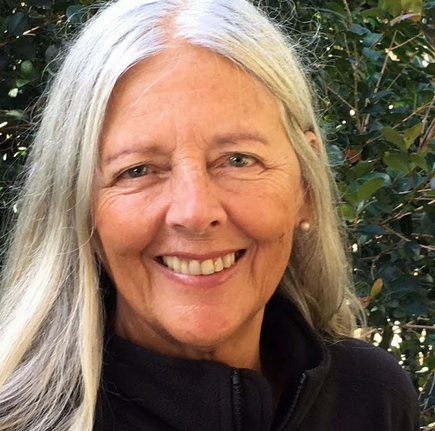Food Quality and Availability
In a Wellbeing Economy, all people have access to quality, nutritious food.
We know that this is not what happens in our current system. Why is that? Is it that we do not have enough food to feed everyone?
Or is it a flaw of our system design that could be changed?
We don’t have to leave the wealthy State of California to see poor food distribution, poor quality of food and many people struggling to afford daily meals while at the same time Food Waste is also one of our biggest greenhouse gas emitters.
If you had the power to imagine a brand new system, what might you change so that all Californians could afford and have access to quality food every day?
How healthy is your food?
Let’s focus on fruits and vegetables. They are often grown on gigantic farms that typically produce just one product in a field, which is called monoculture farming. The practices used in large scale monoculture farming depletes the soil of important nutrients which reduces the quality of the food (though eating GMO fruits and vegetables grown in this way is still more nutritious than “junk food”). It also produces other harmful environmental impacts which we cover in the Regenerative Farming topic (link).
Hence, a Wellbeing Economy advocates for smaller scale farms that promote biodiversity, making locally grown food staples widely available to the community. Aside from the impact that the transportation of mass-produced food causes on food quality and climate change, there is a belief it is also healthier to eat food grown in your local ecosystem as well as to eat foods that are in season.

